Identification of candidate molecular targets of the novel antineoplastic antimitotic NP-10
- PMID: 31727981
- PMCID: PMC6856148
- DOI: 10.1038/s41598-019-53259-2
Identification of candidate molecular targets of the novel antineoplastic antimitotic NP-10
Abstract
We previously reported the identification of a novel antimitotic agent with carbazole and benzohydrazide structures: N'-[(9-ethyl-9H-carbazol-3-yl)methylene]-2-iodobenzohydrazide (code number NP-10). However, the mechanism(s) underlying the cancer cell-selective inhibition of mitotic progression by NP-10 remains unclear. Here, we identified NP-10-interacting proteins by affinity purification from HeLa cell lysates using NP-10-immobilized beads followed by mass spectrometry. The results showed that several mitosis-associated factors specifically bind to active NP-10, but not to an inactive NP-10 derivative. Among them, NUP155 and importin β may be involved in NP-10-mediated mitotic arrest. Because NP-10 did not show antitumor activity in vivo in a previous study, we synthesized 19 NP-10 derivatives to identify more effective NP-10-related compounds. HMI83-2, an NP-10-related compound with a Cl moiety, inhibited HCT116 cell tumor formation in nude mice without significant loss of body weight, suggesting that HMI83-2 is a promising lead compound for the development of novel antimitotic agents.
Conflict of interest statement
The authors declare no competing interests.
Figures


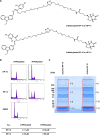
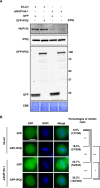

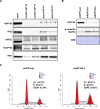
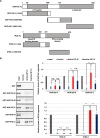
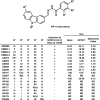
References
Publication types
MeSH terms
Substances
LinkOut - more resources
Full Text Sources
Miscellaneous

